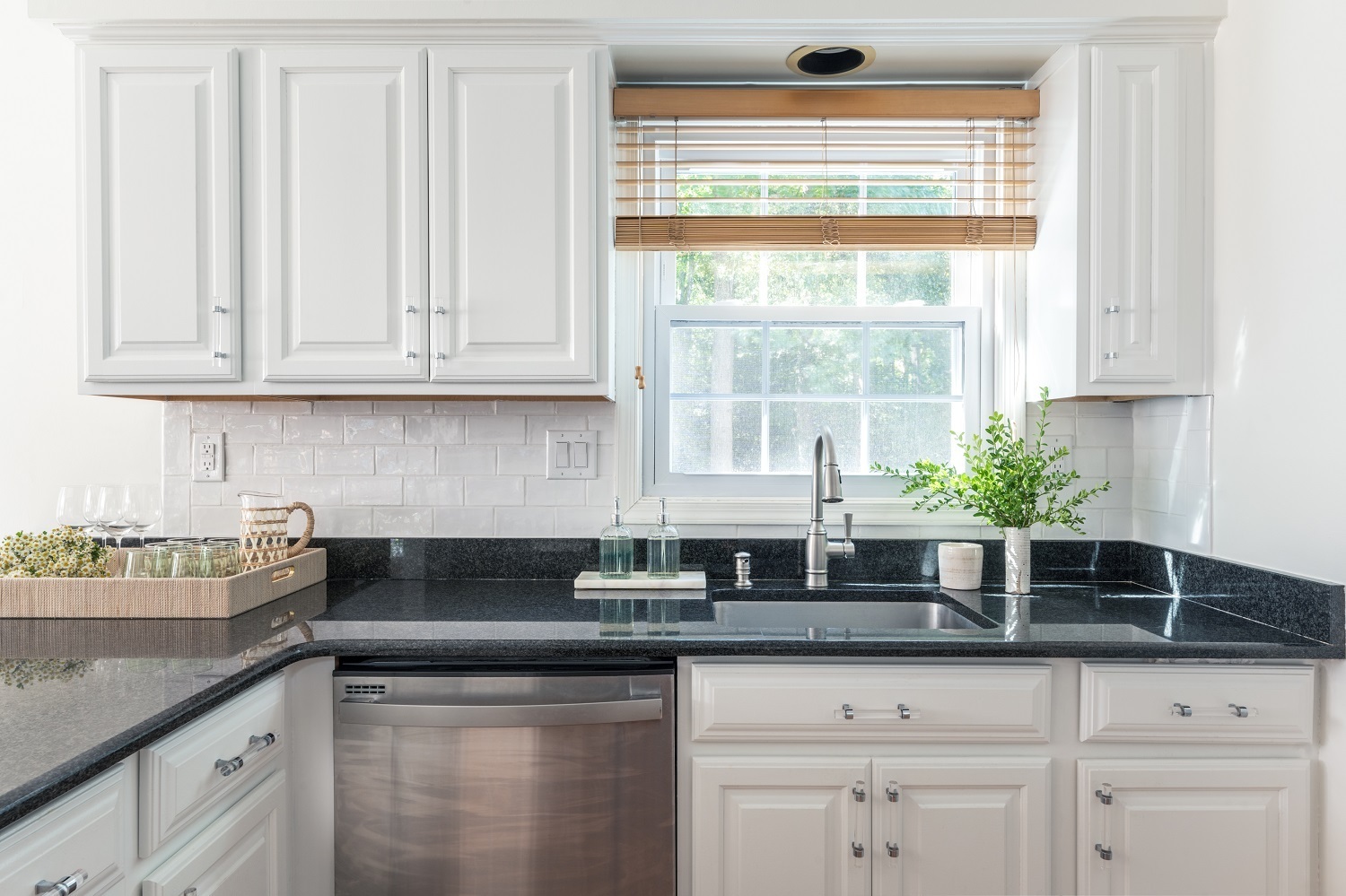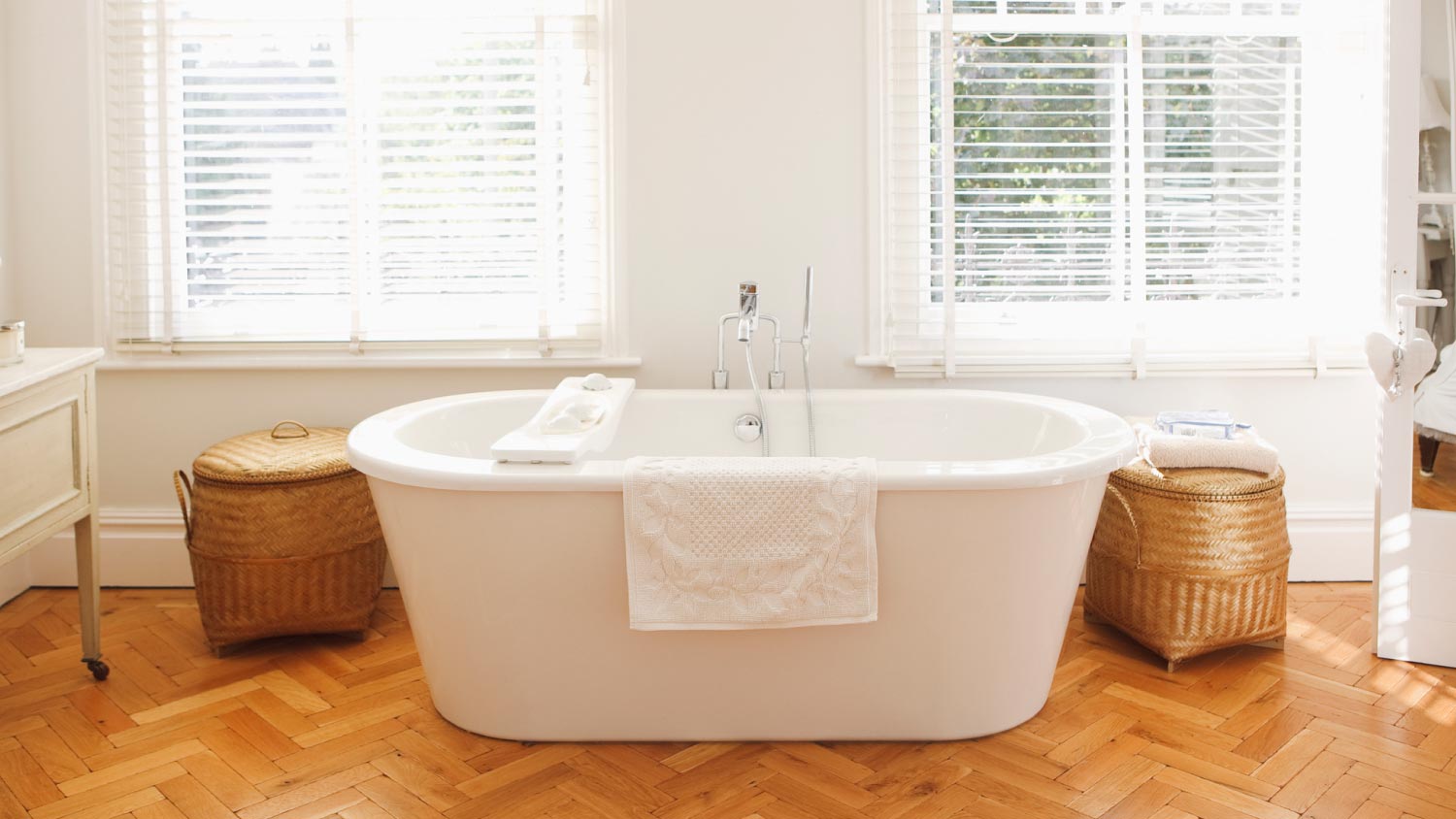
Get matched with top rototilling pros in Brooten, MN
Enter your ZIP and get matched with up to 5 pros
Need a pro for your rototilling project in Brooten, MN?
Find Rototilling pros in Brooten
Richards Forestry
Richards Forestry
TREE SREVICE -PESTICIDE APPLICATOR-EXCAVATING-BOBCAT WORK-PONDS-AND WATER FALLS-YARD SERVICE DOCK SERVICE SHORELINE RESTORATION-RIP-RAP RETAINING WALLS BOULDER WALLS TRUCKING
TREE SREVICE -PESTICIDE APPLICATOR-EXCAVATING-BOBCAT WORK-PONDS-AND WATER FALLS-YARD SERVICE DOCK SERVICE SHORELINE RESTORATION-RIP-RAP RETAINING WALLS BOULDER WALLS TRUCKING
The homeowners guide to home care is here
From average costs to expert advice, get all the answers you need to get your job done.

How much does a kitchen remodel cost? Find out the average cost and where you can save money on the path to building your ideal cooking space.
 •
•Small kitchen remodels cost $12,750 on average, depending on the materials, size, labor, and more. Read this to calculate your kitchen remodel costs.

Whether you’re looking to hire a pro or DIY, the cost of a kitchen design can add up quickly. Learn the cost factors involved in designing your kitchen.

An updated bathtub can give a bathroom a whole new look. Find out how much it costs to replace a bathtub in New York, NY, including prices by type and labor costs.

Here's a look at the cost to build a garage with apartment on your property for a rental or in-law apartment.

An updated bathtub can give a bathroom a whole new look. Find out how much it costs to replace a bathtub in Kansas City, MO, including prices by type and labor costs.
- Tree Service in Brooten
- Lawn Fertilization And Treatment in Brooten
- Exterior Painting in Brooten
- Garage Builders in Brooten
- Septic Tank in Brooten
- Land Surveying in Brooten
- Plumbing in Brooten
- Plumbing in Brooten
- Roofing in Brooten
- Tree Service in Brooten
- Kitchen And Bath Remodeling in Brooten
- Electrical in Brooten
- Siding in Brooten
- Pest Control in Brooten
- Flooring in Brooten
- Concrete Repair in Brooten
- Fencing in Brooten
- Garage Doors in Brooten
- Moving in Brooten
- Windows in Brooten
- Exterior Painting in Brooten
- Gutter Cleaning in Brooten
- Insulation in Brooten
- Foundation Repair in Brooten
- Handyman Service in Brooten
- Concrete Driveways in Brooten
- Pressure Washing in Brooten
- Window Cleaning in Brooten
- Leaf Removal in Brooten
- Drywall in Brooten